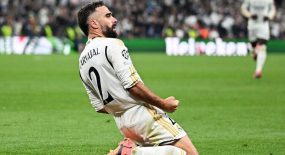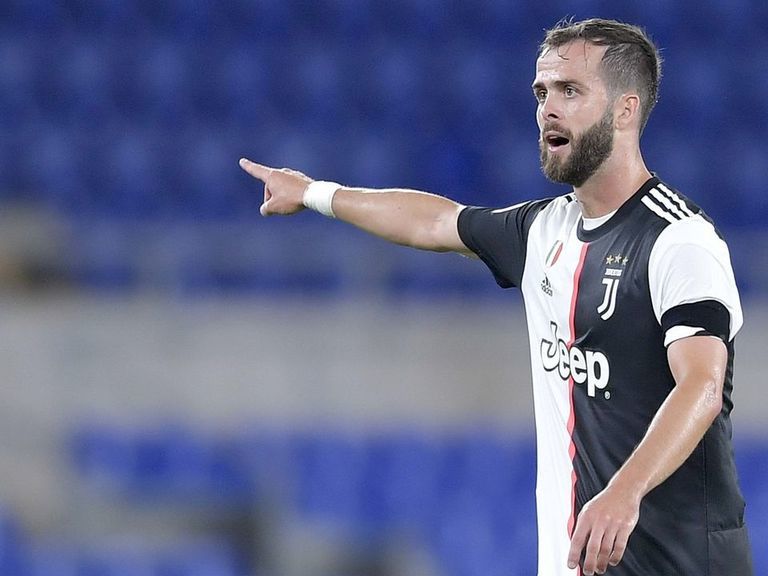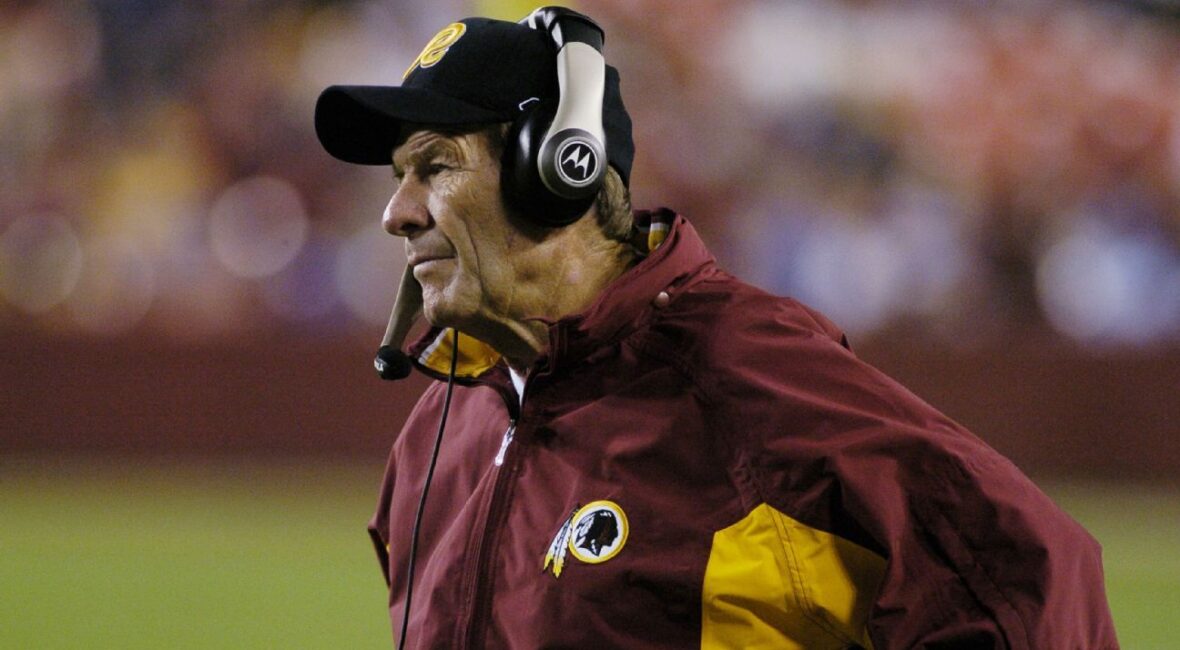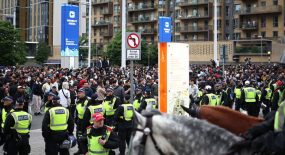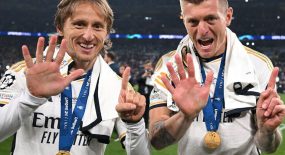Cam Newton’s one-year, incentive-laden contract with the New England Patriots is mostly a no-lose situation in a post-Tom Brady world. So why wouldn’t the Patriots take the plunge?
If Newton is healthy and performs at the high level he did when he was named NFL MVP and led the Carolina Panthers to Super Bowl 50, he could be the Patriots’ starting quarterback and put them back into the conversation as one of the AFC’s elite teams.
If his previously injured foot doesn’t respond well or his performance and fit in offensive coordinator Josh McDaniels’ system don’t measure up, there’s limited financial pain for the team in quickly moving on.
So with Newton willing to accept what the Patriots have to offer — a low-cost chance to battle with 2019 fourth-round pick Jarrett Stidham and 11-year veteran Brian Hoyer to be Brady’s replacement — it adds a stick of dynamite to what was already a compelling situation.
The Patriots have been high on Stidham, while some on the club also have acknowledged there’s always a blind spot with a young signal-caller until he actually plays. So now they protect themselves more at the game’s most important position, increasing competition and seeing if Stidham rises up.
Meanwhile, Newton could have considered waiting for an injury somewhere in the NFL with more of a clear path to start. But his decision to come to New England on a prove-it type of deal reflects a desire to compete, which has to be appealing to coach Bill Belichick, who often says nothing is given and players ultimately earn their roles through their performance.
Belichick has always had respect for Newton as a competitor.
“When you’re talking about mobile quarterbacks, guys that are tough to handle, tackle, can throw, run, make good decisions — I mean, I would put Newton at the top the list,” Belichick said in 2017 prior to a game against the Panthers.
“Not saying that there aren’t a lot of other good players that do that, but I would say, of all the guys we play or have played recently in the last couple of years, he’s the hardest guy to deal with. He makes good decisions, he can run, he’s strong, he’s hard to tackle. He can do a lot of different things, beat you in a lot of different ways. We saw that in the game down there in ’13, so I would put him at the top of the list. Not saying the other guys aren’t a problem, because they are, but he’s public enemy No. 1.”
Can Newton be that player in 2020 and also fit into the Patriots’ hard-driving culture?
His new teammates are intrigued to find out, with reigning NFL Defensive Player of the Year Stephon Gilmore tweeting two eyes as the news broke Sunday night.
?
— The Gilly Lock (@BumpNrunGilm0re) June 29, 2020
Meanwhile, fellow Patriots cornerback Jason McCourty said on his “Double Coverage” podcast: “I’m excited. Bill always says it: ‘The goal for any good team is to have as many good players as possible.’ Cam Newton is a former MVP of this league, played in the Super Bowl, that caliber of a player. The better players we have in our locker room, the better we’re going to be able to go out there, perform as a team.”
Safety and longtime New England captain Devin McCourty responded with his take.
“I agree fully with you,” McCourty said. “When you add a guy like Cam Newton, it makes our quarterback room even better. We’ve already spoken about it before — the poise, and the jump and the leap you expect for Stiddy to make. I think it will be interesting in training camp and competing and all of that — that’s how we all get better. I would think adding him to the quarterback room with B. Hoyer, you have veterans in there, you have young guys in there, I think it will give us a really good chance to be good at that position.”
McCourty added one more thought: “It will be a fun year, if the year goes as expected and we have a season.”




